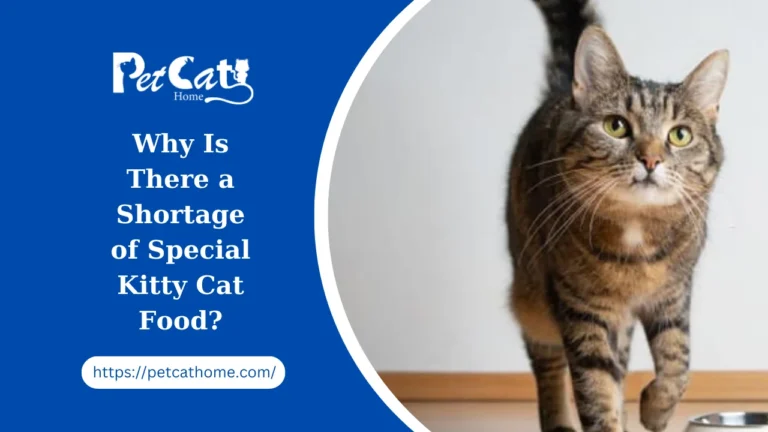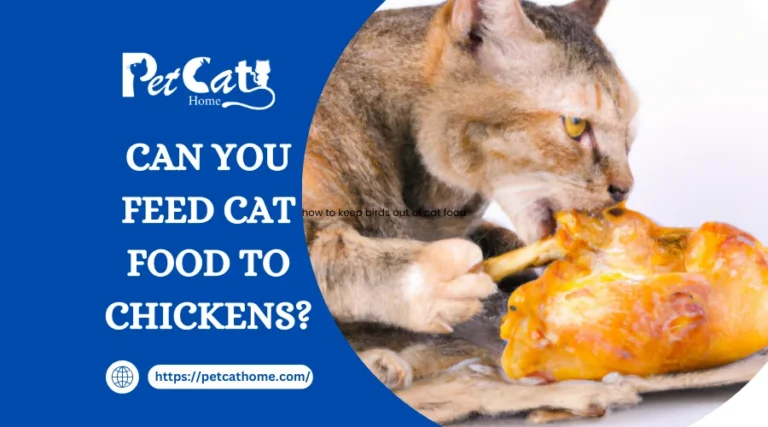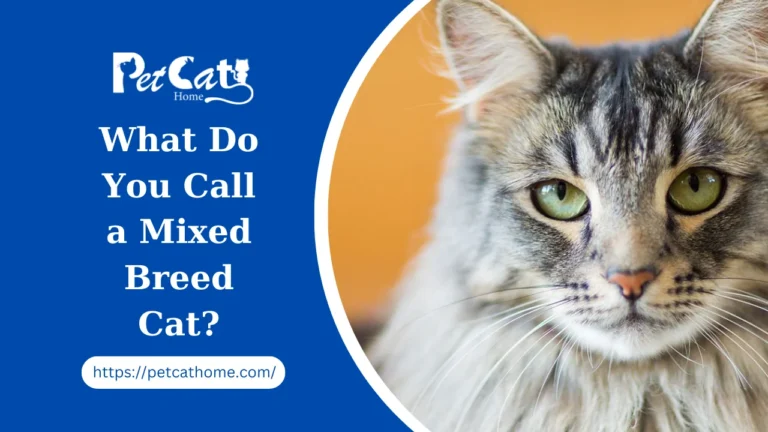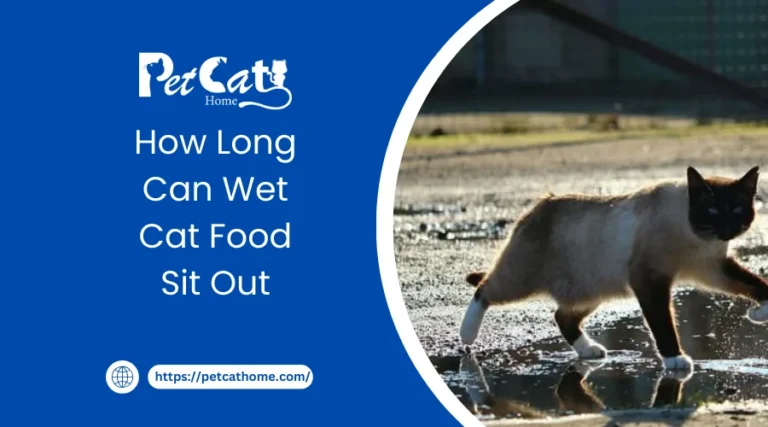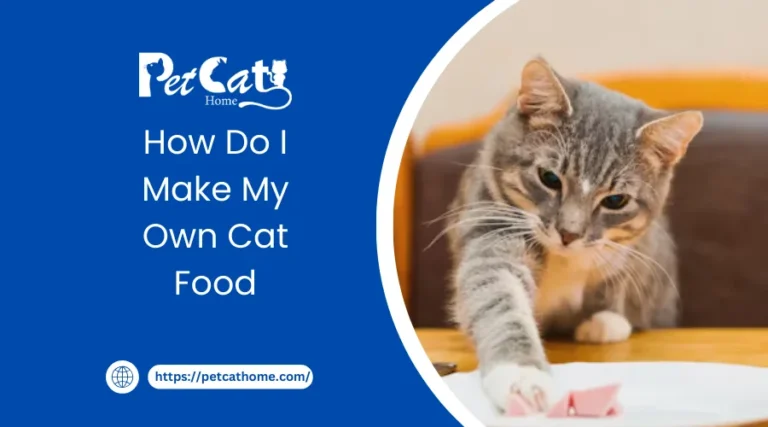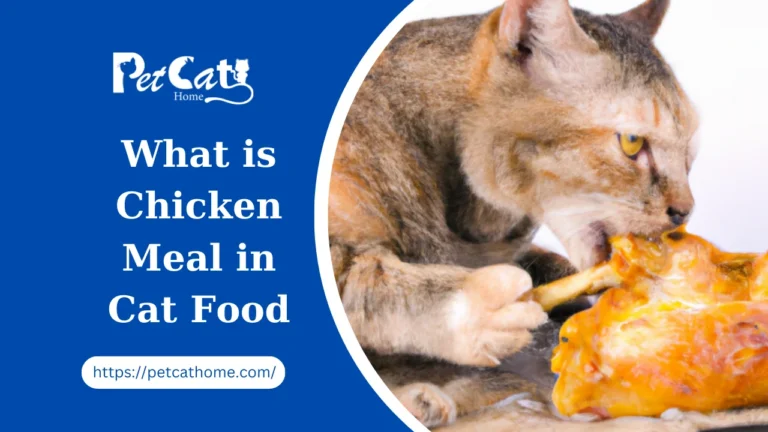What Is a Mixed Breed Cat: 10 Best Mixed Breed Cats
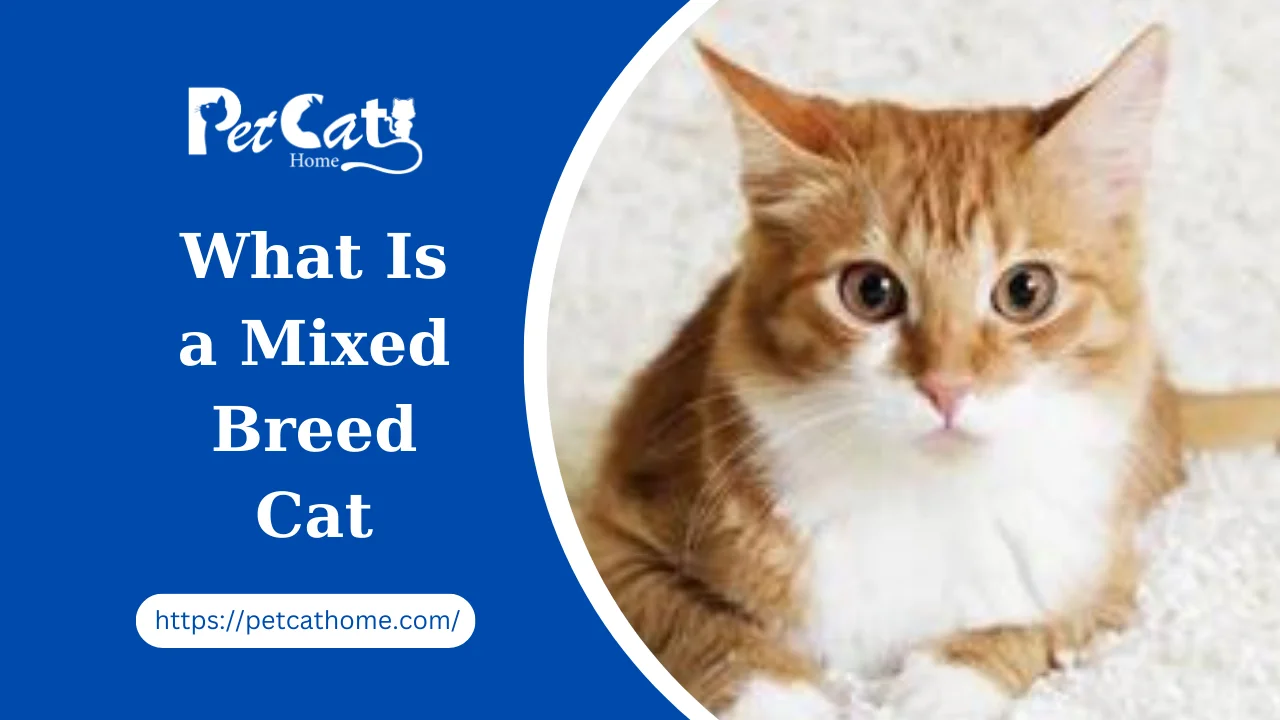
Greetings from the fascinating realm of mixed-breed cats! You’ll have a great experience if you’re wondering, “What is a mixed-breed cat?” The subtleties, benefits, and allure of owning these unusual feline friends are revealed in this essay.
Exploring the Diversity
Understanding Mixed Breed Cats
Take a fascinating look into the characteristics of a mixed-breed cat. These captivating cats combine the greatest qualities of several breeds in a rich genetic mash-up. Explore the distinctive qualities that set them apart from other cats.
The Appeal of Mixed Breeds
Discover the mysteries surrounding the rising appeal of mixed-breed cats. Learn how their varied upbringing has influenced not just their physical attractiveness but also their strong personalities and good health.
What Sets Them Apart
Explore the unique characteristics that distinguish mixed-breed cats from their pedigree counterparts. These amazing cats have much to offer cat lovers, from a wide range of coat colors to remarkable versatility.
Decoding the Myths
Common Misconceptions
Learn to distinguish fact from fiction as we dispel popular misconceptions about mixed-breed cats. This section dispels myths regarding health risks and behavioral problems, making cats more approachable for prospective owners.
Busting Stereotypes
Dispel common misconceptions regarding cats of mixed breeds. Break down the myths about their intellect, trainability, and suitability as pets so that you can decide whether to adopt them.
What Is Mixed Breed Cat: A Closer Look

Genetic Diversity in Mixed Breeds
Examine the genetic variety that contributes to the resilience and adaptability of mixed-breed cats. Discover how their diverse ancestry improves their general health, making them resilient and less likely to have inherited health problems.
Hybrid Vigor in Cats
Explore the idea of hybrid force and how mixed-breed cats exhibit it. Recognize how their vitality is derived from blending diverse gene pools, producing cats that flourish in various settings.
Should I choose a pure breed or a mixed breed cat?
Several things should be considered while selecting a new cat, including choosing between a pure breed and a mixed breed.
Several things to consider while selecting a new cat include whether or not to get a purebred cat and how this can affect the animal’s requirements and traits.
A cat’s behavior is influenced by its genetic makeup and the events during its socialization stage. The phase is brief for kittens, lasting around eight weeks, but they will still be responsive to behavior change until they are about six months old.
Pedigree cat
The percentage of cats that are pure breeders is quite low. A cat’s parentage and ancestry record are typically called its “pedigree.” One of the major cat breed registration organizations will register a pedigree as belonging to a particular breed, guaranteeing the cat’s history and conformance to breed standards.
Should you get a purebred cat or not?
There is no right or wrong response since it comes down to personal preference. Some people would rather adopt a cat from a shelter to combine the joy of owning a cat with a good act.
Since many breed clubs also provide a rescue service for their breed’s stray cats, purebred cats can occasionally be discovered at shelters.
While most breeders prefer to keep their retired breeding cats once they have been neutered, they occasionally search for homes for their retired cats.
The cat’s most likely origins will vary depending on whether it is chosen to be pedigreed or not. Non-pedigree cats come from a wider variety of sources than purebred cats, typically purchased from breeders. The most popular resources include unintentional litter from a neighbor, acquaintance, or shelter.
Why choose a pure-breed cat?
Selective breeding develops breeds with unique physical traits, such as long hair, a certain head and ear shape, or a particular tail. This choice also influences behavior and temperament, so a breed’s characteristics are typically well-defined. Adopted or rescued kittens are tougher to predict regarding temperament, but moggie enthusiasts will tell you this is part of their allure. The majority of purebred cat enthusiasts are drawn to the animals not just for their appearance but also for their personalities.
For instance, Norwegian Forest cats are gregarious and make great family pets, Ragdoll cats are recognized for being calm, peaceful cats that easily adjust to new homes, and oriental Cats are known to develop extremely close relationships with their human companions and to be more time-demanding of them. Selecting the cat that best fits your expectations will be easier if you know the traits and needs of each pure breed.
The Bengal, Maine Coon, and Ragdoll seem to be very well-liked breeds right now. The number of new breeds with extremely particular physical traits has increased dramatically in recent years. Examples include the tailless Manx, the soft-coated Rex, and the hairless Sphynx.
Although appearance is vital when selecting a breed, it’s even more crucial to consider whether the breed’s temperament and behavior will work well for you. Visit our variety finder, go to a cat exhibition, and talk to breeders to learn more about different cat breeds’ distinctive qualities and requirements.
Why choose a mixed-breed cat?
Once a breed has been formed, only the individual cats that exhibit the necessary temperamental traits and physical attributes are retained for breeding. The gene pool may be significantly smaller if this trait is only seen in a few people.
A certain amount of inbreeding is regrettably required to ensure the needed features because there are few qualified individuals. As a result of this process, the likelihood of developing genetic issues can rise. However, genetic tests are becoming more commonly available to help breeders prevent potential breed-related genetic problems. Most cat organizations support ethical breeding, which limits intense inbreeding and adheres to best practices in selection.
Breeders are intensifying certain physical characteristics to an extraordinary degree, a practice called “hypertyping.” As an illustration, consider the Siamese and Oriental breeds, whose heads are becoming longer and longer, and the Persian and exotic breeds, whose faces are flatter. These conformational exaggerations can lead to health issues and have anatomical and physiological repercussions.
The genetic pool is far wider, and the likelihood of having certain inherited disorders may be significantly lower in non-pedigree and mixed-breed cats.
Does gender make a difference in pure or mixed breeds?
Whether male and female cats differ significantly in behavior and personality is the main question.
With purebred cats, where mood is a component of the type specification, the gender gap is less pronounced, and you can select a breed based on the characteristics that best suit your tastes and way of life.
It is frequently said that males are cooler, more patient, and will wander farther than females when it comes to non-pedigree cats, whose personalities are less predictable. However, it’s also claimed that females tend to be more favored in the home, which can occasionally make coexisting with other animals challenging.
It’s crucial to remember that all cats are unique individuals with potentially varied personalities and lifestyle needs, whether you choose a purebred or mixed-breed feline. Please consult with the breeder or adoption center; they will be familiar with each cat’s characteristics and can assist you in determining which one best suits your needs and lifestyle.
What’s a Moggy? 9 Mixed Breed Cats
Ever wonder what a “mutt” is in the feline language? You should, as there are probably more mixed-breed cats than mongrel dogs worldwide. We’ll reveal the name of the mutt cat to you right away: a moggy. Discover more about nine typical mixed-breed cats and the ubiquitous moggy.
So, what is a moggy?
A moggy, often known as a moggie or mog, is a mixed-breed cat or a cat without a pedigree by definition. Moggy cats are described as “otherwise unremarkable” in several definitions, however, we think this is offensive and inaccurate!
Where does the term come from?
Unlike terms like “house cat” or “alley cat,” which have gained widespread traction in the United States, “moggie” is an informal British phrase. Additionally, moggy cats are more frequently referred to as Domestic Shorthairs or Domestic Longhairs in the United States; these cats are practically the closest equivalent of a “breed” that you could give to a non-pedigreed cat.
There is disagreement over the word’s derivation. Some Brits think that the iconic “M” markings on the forehead of tabby cats are where the term “moggie” originated. (There is a ton of lore just about the letter “M”!)
Some note that the term “moggy” originally referred to a mouse in Lancashire and Cumbria, UK, while the term “moggy catcher” referred to a cat. The “catcher” was eventually let go, so cat and mouse were called moggies.
10 Best Mixed Breed Cats for Your House
In addition to dogs, cats are also rather popular. Due to their propensity to spread allergies more frequently than dogs, cats are typically avoided. For this reason, people like dogs over cats. Cat enthusiasts are widespread and will stop at nothing to bring a gorgeous kitty home.
There is a difference between dogs and cats; some people even think cats are smarter and more aware than dog puppies. Cats are also a better fit for people searching for a low-maintenance, somewhat humane pet and for compact apartments.
Animals come in two varieties: purebreds and mixed breeds. Still, very few people genuinely understand the distinction between a purebred and a mixed-breed cat, and to be honest, nobody gives a damn.
Purebred cats are substantially more expensive than their mixed-breed counterparts, which is one of the primary causes of this. Here is a list of ten of the most exquisite mixed-breed cats.
1 Savannah Cat
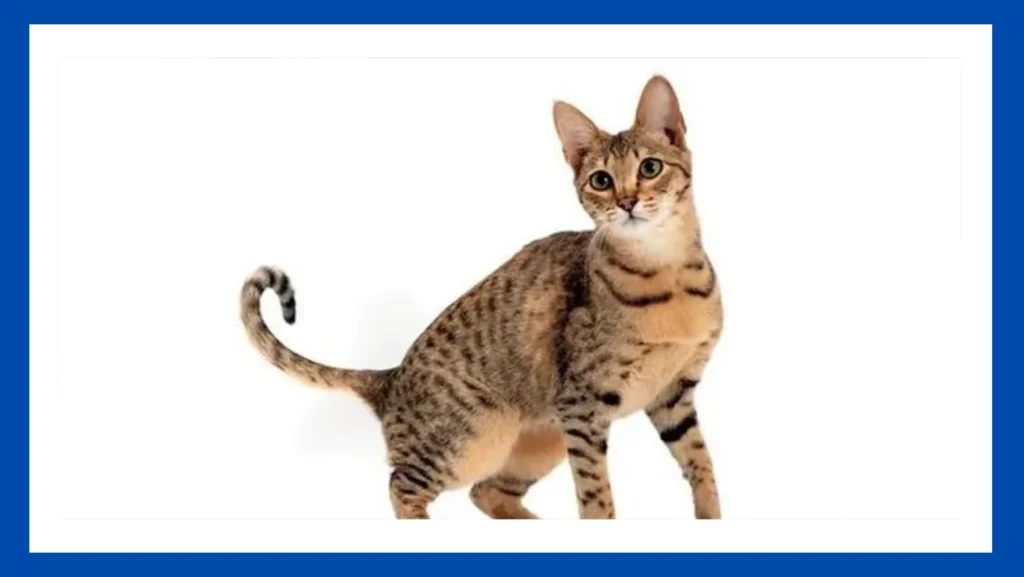
A cross between an African Serval and a domestic cat, these cats are likely among the most well-known breeds. They are among the biggest breeds of cats, and it took many years to domesticate them because one of their ancestors was a wild cat.
2 Bengal Cat

When it comes to appearance, these cats might rival anyone. An Asian leopard and a house cat are crossed to create the Bengal cat. Their breeding history dates back to 1934, and because of their distinctive markings, some people even believe that they are a hybrid of a cat and a leopard. These are not only one of the most exquisite hybrid cats but also quite uncommon, which drives up the cost of this breed of cats.
3 Chausie Cat
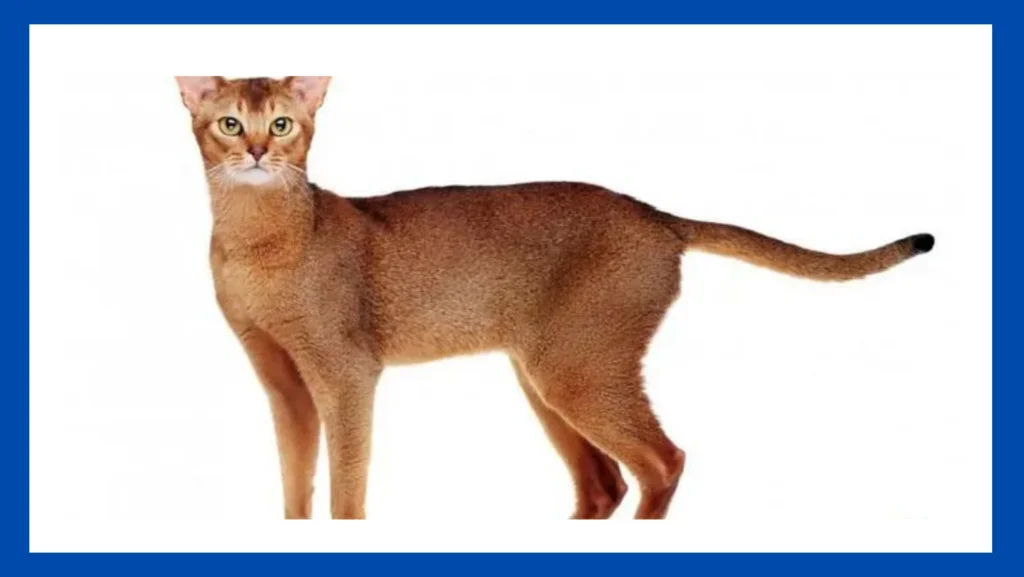
Chausie’s French cat breed was developed by crossing domestic cats with jungle cats. It can reach a height of three feet and a weight of eighteen to thirty-five pounds. Its construction is amazing. The cat is quite beautiful and has a unique appearance.
4 Toyger Cat

Although not directly descended from wild cats, toy cats have some of their genes. They inherit it from their Bengal ancestry, though, as they are a hybrid of a domestic shorthair plus a Bengali cat. These cats are intriguing to speculate about because of their remarkable resemblance to tigers.
5 Pixie Bob Cat
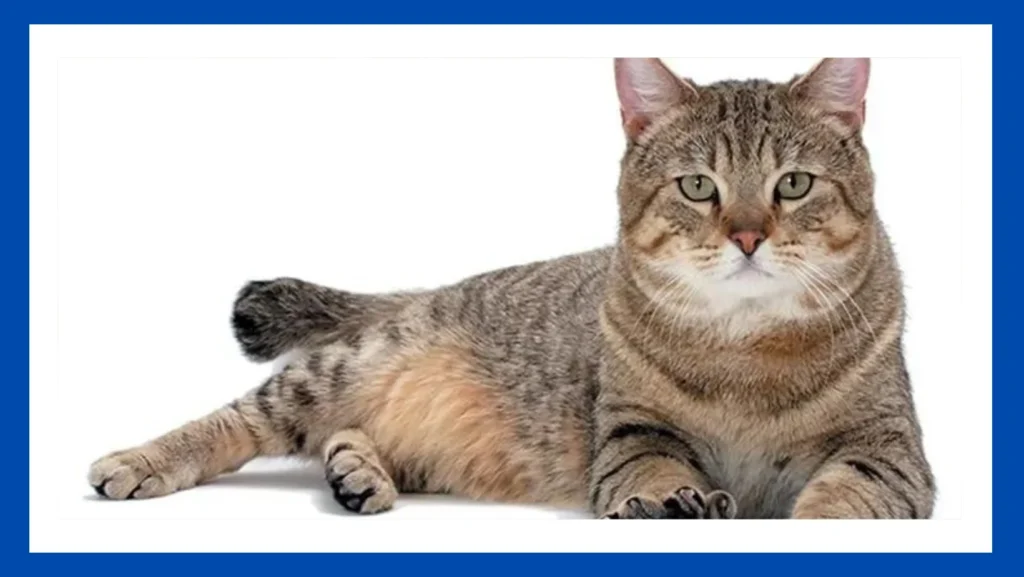
This cat breed is a cross between a house cat and a bobcat; it was not created intentionally. The breed remained unknown until Carol Ann Brewer, a woman, adopted one of these cats and proceeded to breed it with other domestic cats. These days, these cats are some of the most popular indoor cats.
6 Serengeti Cat
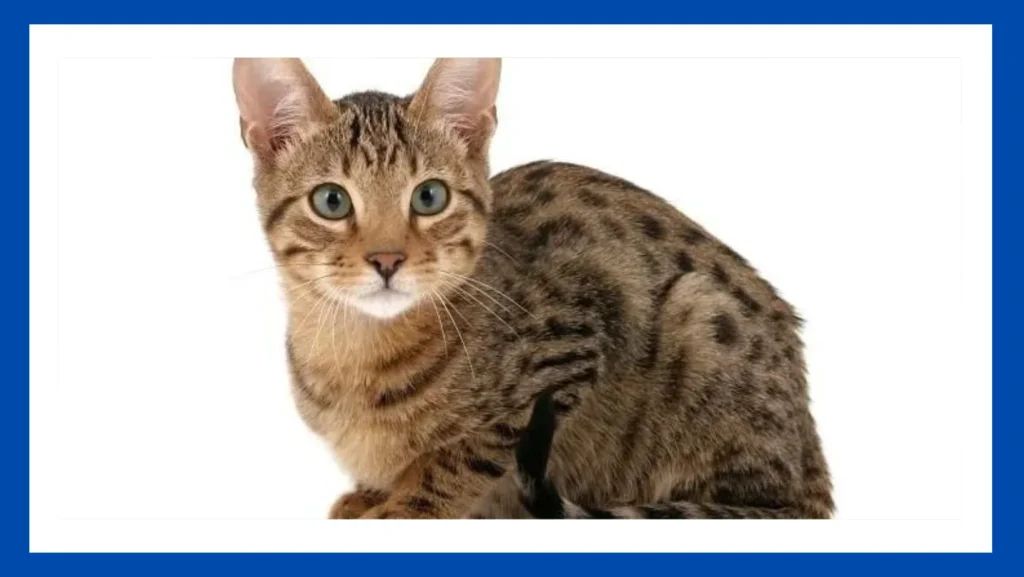
These cats lack the genes of the Serval cat while having a striking resemblance in appearance. An Orient Shorthair and an Indian cat are crossed to make this breed of cat. It possesses wild and domestic characteristics because it is a hybrid of a domestic and wild cat.
7 Cheetoh Cat
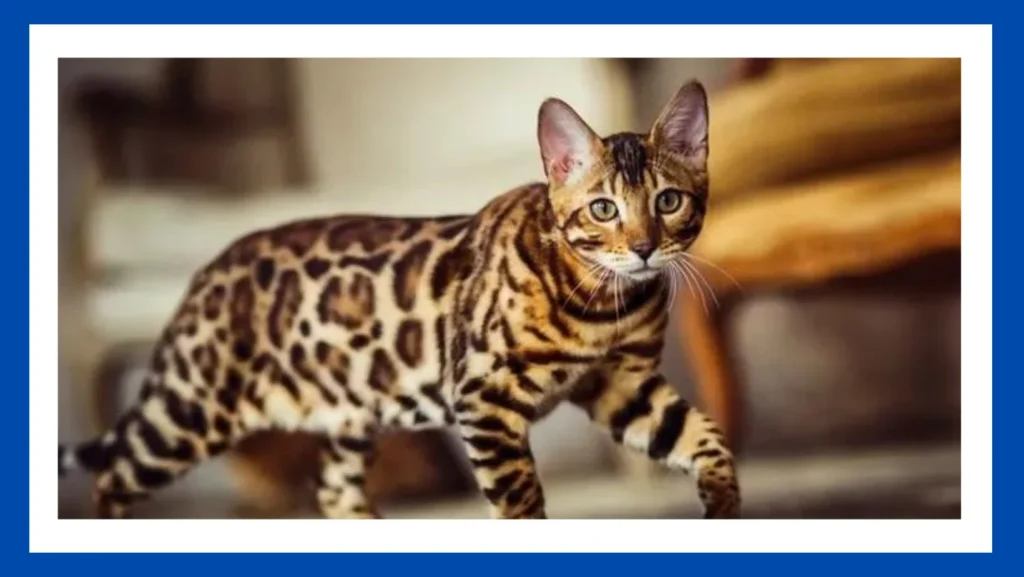
In addition to strikingly resembling tigers, these cats are also light-colored, which may lead some people to mistake them for an exotic white tiger. These cats, however, are a hybrid of ocicats and Bengal cats. Since ocicats lack ocelot DNA and blood, their distinctive appearance can be attributed to their Bengal ancestry.
8 Bombay Cat
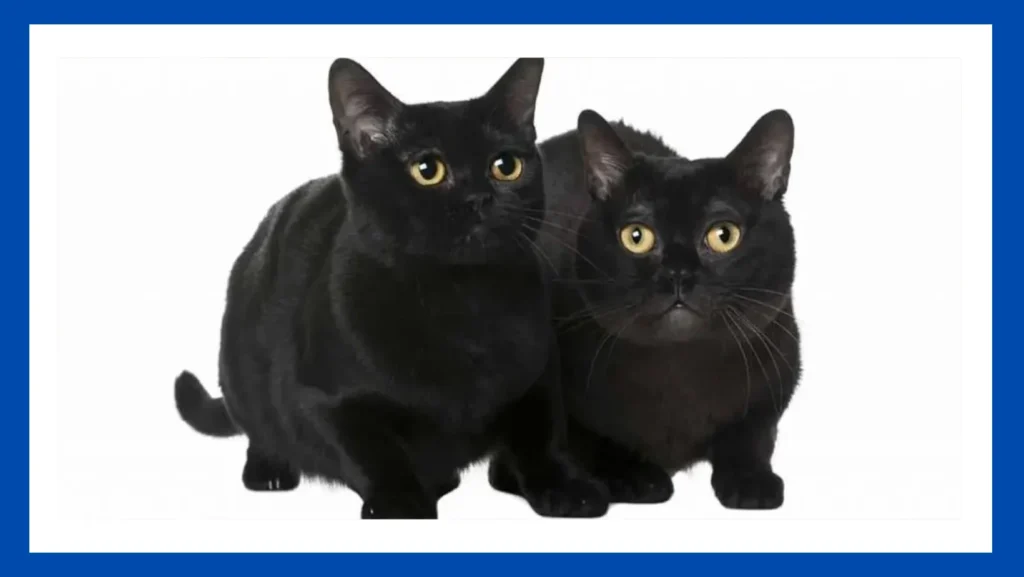
A Bombay is a hybrid of Sable Burmese and American Shorthair cats. These cats, often called Black Mambas and small panthers, have a black panther-like appearance. They have a black, glossy coat similar to a panther’s and a shorthaired coat akin to a Burmese cat. These cats are simple to adjust to, inquisitive, and playful.
9 Burmilla Cat

A hybrid of the Burmese and Chinchilla Persian cat breeds is called a Burmilla. It is a medium-sized cat with a stocky, ’round,’ build. A scratching post must be set up when bringing a Burmilla home because they are unique specimens that enjoy jumping and scratching.
10 Caracat Breed

Caracals are the rarest cat breed in the world, a cross between a wild Caracal Lynx cat and an Abyssinian domestic cat. Because of their rarity, they are also very expensive, and it took a generation to domesticate them; the second generation is deemed fit for pets, while the initial wave was more closely related to their wild ancestor.
All of these stunning and uncommon cat breeds are wonderful companions, and their therapeutic qualities can also benefit you.
FAQs
Are Mixed Breed Cats Healthier?
As we uncover the health benefits of mixed-breed cats, take pleasure in peace of mind. Find out why, as compared to their bred counterparts, their varied genetic makeup frequently produces greater overall health.
Do Mixed Breed Cats Have Unique Traits?
Explore the allure of mixed-breed cats’ distinctive characteristics. From peculiar actions to unique physical characteristics, these cats astonish and enchant humans with their uniqueness.
How to Choose the Right Mixed-Breed Cat?
Learn about aspects such as temperament, work levels, and grooming requirements to make an informed choice about the ideal mixed-breed cat for your needs.
Can Mixed Breed Cats Be Trained Easily?
Discover the techniques for successful mixed-breed cat training. Examine their intelligence and flexibility; when given stimulating activities and positive reinforcement, they pick things up quickly.
What Health Precautions Should I Take?
Take the necessary precautions to ensure the health of your mixed-breed cat. Discover how to maintain its happiness and health with a balanced diet and routine veterinary visits.
How to Introduce a Mixed Breed Cat to Other Pets?
With these professional recommendations on introducing a mixed-breed cat to other animals, you can bring peace to your pet-filled home. Encourage harmonious interactions and calm cohabitation with your animal friends.
Conclusion
The world of mixed-breed cats is a colorful, healthy, and charming tapestry. Gaining insight into mixed-breed cats can lead to a fulfilling feline friendship. Accept the special qualities of mixtures and add a unique furry friend to your life.

